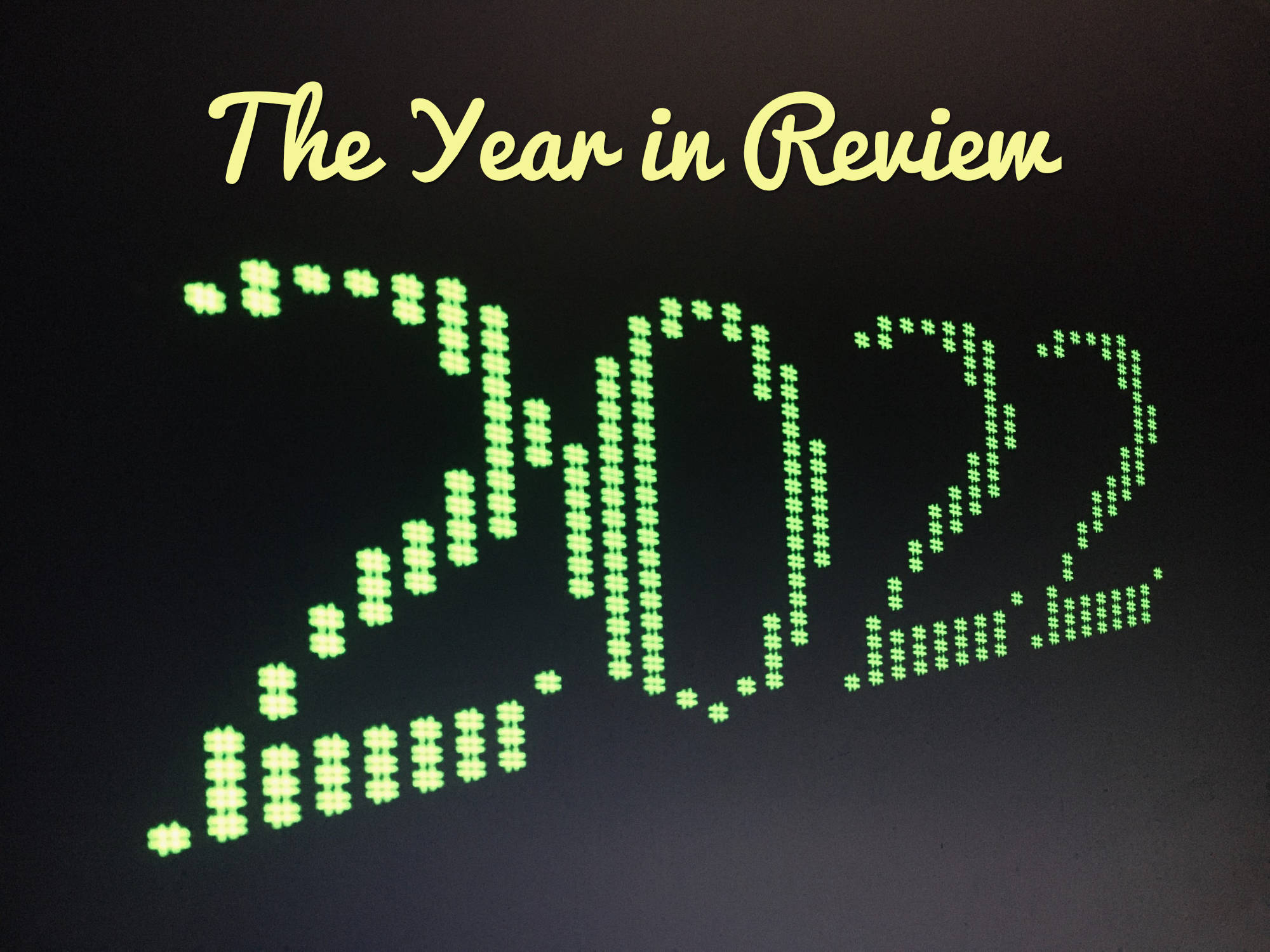After more than a decade of steady inflation, low interest rates, and attractive equity market returns, 2022 felt like the end of an era. Inflation spiked, central banks aggressively raised interest rates, and the debt-fuelled speculative investment party that kicked into overdrive during the pandemic came to an abrupt end. Most asset classes experienced negative returns for the year, with bonds performing uncharacteristically poorly. Read on to learn more about the year that was and what might lie ahead for investors.
2022 Performance
Given our passive investment management philosophy, we don’t spend a lot of time analyzing the economic cycle or forecasting short-term returns for individual securities, sectors, or countries. Instead, we focus on long-term (i.e. 10+ years) return assumptions for broad asset classes and construct model portfolios that we expect will generate efficient returns in the context of modern portfolio theory.
Despite having a long-term focus, monitoring the performance of capital markets over short and medium time frames remains useful to assess whether investment returns seem consistent with longer-term assumptions. Chart 1 outlines the returns for various benchmarks in 2022 while Chart 2 demonstrates how combining those returns in different proportions (what we call our model portfolios) impacted results:
As demonstrated in Charts 1 and 2, the past year was a difficult one for investors with the majority of asset classes experiencing negative returns. Aside from parking all of one’s assets in cash or gold, there was really no safe place to hide in 2022. For more details on why this was the case, click/tap on the following topics to expand:
5-Year Performance
We always encourage investors to discount year-to-year swings (whether they are positive or negative) and instead focus on the longer term. Charts 3 and 4 therefore present capital market and hypothetical model portfolio performance over the past 5 years:
Despite the poor returns experienced in 2022, the majority of benchmarks presented in Chart 3 experienced positive annualized returns over the 5-year period ending December 31, 2022. Many of the medium-term benchmark returns are in line (i.e. +/- 2%) with our most recent long-term capital market assumptions (represented by a vertical blue line for each benchmark), but there are some notable exceptions:
Chart 4 demonstrates that the hypothetical 5-year performance results of our model portfolios follow a more traditional pattern in comparison to the slightly unusual return pattern experienced in 2022 (see Chart 2). As would typically be expected, we see a linear relationship between model portfolio risk level and model portfolio return, with higher risk portfolios experiencing higher returns over the past five years.
Firm Highlights
2022 was the first full year that High Level Wealth Management operated as a registered Portfolio Manager. Admittedly, we haven’t had great timing for starting up and trying to grow a small business in the financial services industry, but thankfully we continued to welcome new clients throughout the year and grew our assets under management by 80% compared to December 2021.
We were impressed by the general composure of our clientele throughout the year despite being tested repeatedly by the markets in 2022. While no one enjoys a year of poor investment returns, a year like 2022 also creates the opportunity for future growth for those that are committed to a long-term, passively-managed investment strategy.
From an operational perspective, our biggest undertaking in 2022 was the introduction of two sustainable investment strategies. Along with our standard strategy, we are happy to now offer a wider range of investment options to better align client portfolios with client values. Over the course of 2023, we will be discussing these sustainable investment strategies with each of our clients, but if this topic is something you are passionate about, we would be happy to have a discussion with you sooner.
Looking Ahead
While 2022 marked the abrupt end to an era characterized by steady inflation, low interest rates, and debt-fuelled speculative investments, we remain optimistic about 2023 and the years beyond. While the global economy may continue to slow and various regions could fall into recession over the coming months, much of the potential bad news now seems to be priced into capital market valuations. If inflation continues to normalize, central banks should stop raising interest rates – or even contemplate rate cuts – and good economic news could once again become more plentiful.
As a firm, High Level Wealth Management has a number of priorities in 2023:
- Our client base has grown enough to now support the additional costs of more sophisticated software tools. We therefore plan to review our financial planning software in the first half of 2023 with the goal of implementing a more advanced, client-friendly tool.
- We made many small enhancements to the My High Level Wealth client portal throughout 2022 and we will continue adding features in 2023. Improving the user experience on mobile devices remains a priority, as does converting several reports from standalone spreadsheets to interactive client portal modules. Your feedback is always appreciated, so let us know if you have any ideas or opinions.
- Introducing our services to potential new clients remains our top priority. There are a variety of business models in the financial services industry with practitioners of varying skill levels all calling themselves financial advisors. It is a crowded market, but we hope to stand out based on our professional, trustworthy, client-focused service, which we offer at a fair price. If you know someone that might benefit from our services, please let them know about us.
The past year has been another challenging one for many and we sincerely appreciate the continued support of our clients, family, and friends. We wish everyone a healthy and prosperous year ahead and we look forward to playing a part in your continued success.
